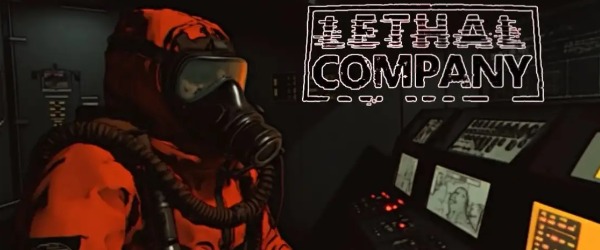
Is the Only Limit to Dishonored Your Own Imagination? - Preview
by Joseph Trotter , posted on 04 October 2012 / 4,255 ViewsOften a game comes along, riding the crest of hype, which in no way deserves the respect it has garnered. But then, every so often, one arrives which not only justifies its inflated development reputation but in reality also far exceeds it. Welcome to Dishonored.

Set in a black-death infested steam-punk inspired version of seventeenth Century London (dazzling technology and swords, together at last), named Dunwall, Dishonored follows the story of Corvo Atano, a bodyguard to the Emperor who is allegedly framed for his master's murder and goes on the run. Luckily for Atano, he is gifted with a large (and it is truly large) selection of what are 'effectively' rat powers, which make him a master of stealth, combat and manoeuvring, or all three at once. Dishonored is stylistically thrilling, like H. R. Geiger without the phalluses, and is visually stunning. It has to be; there are so many options, so many ways to complete a mission that anything other than a clear but detailed visual palette would lose the player.
As has been well publicised, the key to Dishonored is choice, and not in a 'Peter Molyneux promises' way either. When you first start the demo mission, the aim of which is to sneak into a heavily guarded complex, you are presented with a range of powers, from teleporting to possession to creating a swarm of rats, and given a friendly pat to be on your way. The possibilities are daunting. If you follow traditional level design and the normal restrictions of game worlds then you will find a possible, but tough course of traps and guards to overcome. The beauty of Dishonored is when you start to think outside the box, look around, explore your powers and realise that the only limit you have is your own imagination. It is at this point that Dishonored becomes incredible.
Taking the old fashioned Psi-Ops approach (one of the many influences in the game) I possessed a guard on the roof above me and walked him off and into the canal, assuming that I would safely be put back into my body. Wrong. When I re-emerge I am floating in the canal, joined by the sharply dressed body of the guard. Turns out possession puts you into the body, and the position of the man (or animal) you choose to inhabit. This soon makes sense. Spotting a water-wheel, I swim past before wondering if I can use it to enter the building. Turns out I can. After stealthily thrusting through a guard I am into the safe-house. Guards are everywhere on several different floors, with several doors blocked by force-fields powered by whale-blubber (the game's oil and power source). After several failed attempts (and subsequently failed fights) to sneak past them, I decide to experiment. Launching a swarm of rats at one of the guards, I teleport on top of a bookshelf, from where I see some more vermin mingling near to an air-vent. Taking control of one, I scurry into the tunnel and emerge inside a laboratory.
Knocking out the scientist inside and dragging his body away, I turn off the power and leap out the window as guards converge on the position. From there, I teleport to the next level before making my way up a staircase to the penthouse above. Once inside, I knock out my target and hoist him onto my back to make my escape. A young prisoner informs me that there are other prisoners inside the complex I can rescue if I wish to. I do not. Wanting to make a quick escape, I wonder how viable the roof-tops are, not wishing to fight my way out with just one weapon. Two minutes later I am at the rendezvous point after picking the easiest route down. My companion at Eurogamer, Corey, is chuckling as he informs me that he completed the mission in five minutes by just roof-scaling up and down.

The scope for improvisation is extraordinary; whilst I had not thought of the roof-tops, Corey likewise had not considered the water-wheel as a potential entrance. There are sure to be many others too. Remarkably, the game world feels plausible, manageable, understandable; the rat powers make sense in such an environment, whilst the cruelty of the establishment, who hold over the heads of their guards the serum to keep them alive, is well-related by conversations and posters. The variety of weapons and powers means that there is a way to play through this game for anyone, and you surely will. However, although for the most part well designed, the power wheel is a bit cluttered and convoluted, an obvious downside to such a range of accessories. Hopefully this should not prove a problem in the long-run, as changing weapons mid-battle proved to be awkward and fiddly. Yet, I played Dishonored three times during Eurogamer and this was my only complaint.
Dishonored is a staggeringly impressive achievement even at this stage; a fun and immensely playable thriller with a fantastic story-line and vivid visual imagery. With a great manner of weapons, powers and playing styles, choice is not just the byword but the law. The only limit to what you can achieve in this world is yourself. Open your mind and you will make the best of Dishonored, a guaranteed cert on every game of the year list.






















